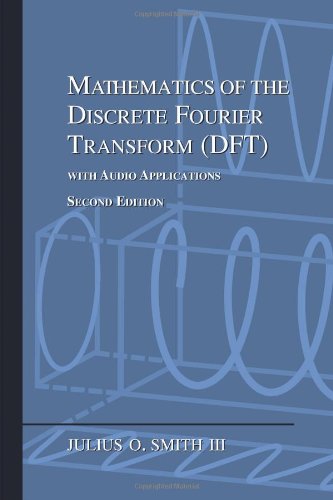Banach Spaces
Mathematically, what we are working with so far is called a
Banach space, which is a normed linear vector space. To
summarize, we defined our vectors as any list of ![]() real or complex
numbers which we interpret as coordinates in the
real or complex
numbers which we interpret as coordinates in the ![]() -dimensional
vector space. We also defined vector addition (§5.3) and
scalar multiplication (§5.5) in the obvious way. To have
a linear vector space (§5.7), it must be closed
under vector addition and scalar multiplication (linear
combinations). I.e., given any two vectors
-dimensional
vector space. We also defined vector addition (§5.3) and
scalar multiplication (§5.5) in the obvious way. To have
a linear vector space (§5.7), it must be closed
under vector addition and scalar multiplication (linear
combinations). I.e., given any two vectors
![]() and
and
![]() from the vector space, and given any two scalars
from the vector space, and given any two scalars
![]() and
and
![]() from the field of scalars
from the field of scalars ![]() , the linear
combination
, the linear
combination
![]() must also be in the space. Since
we have used the field of complex numbers
must also be in the space. Since
we have used the field of complex numbers ![]() (or real numbers
(or real numbers
![]() ) to define both our scalars and our vector components, we
have the necessary closure properties so that any linear combination
of vectors from
) to define both our scalars and our vector components, we
have the necessary closure properties so that any linear combination
of vectors from ![]() lies in
lies in ![]() . Finally, the definition of a
norm (any norm) elevates a vector space to a Banach space.
. Finally, the definition of a
norm (any norm) elevates a vector space to a Banach space.
Next Section:
Linearity of the Inner Product
Previous Section:
Norm Properties




















